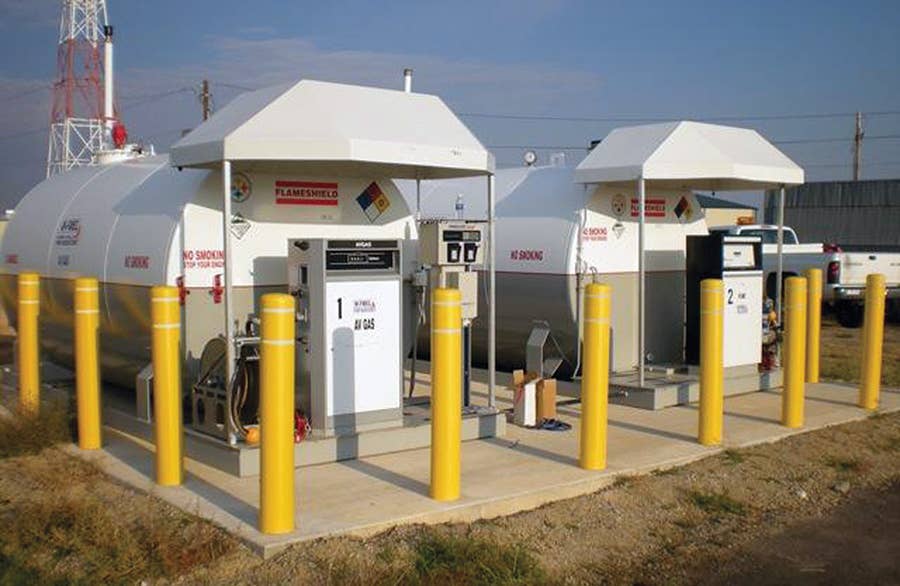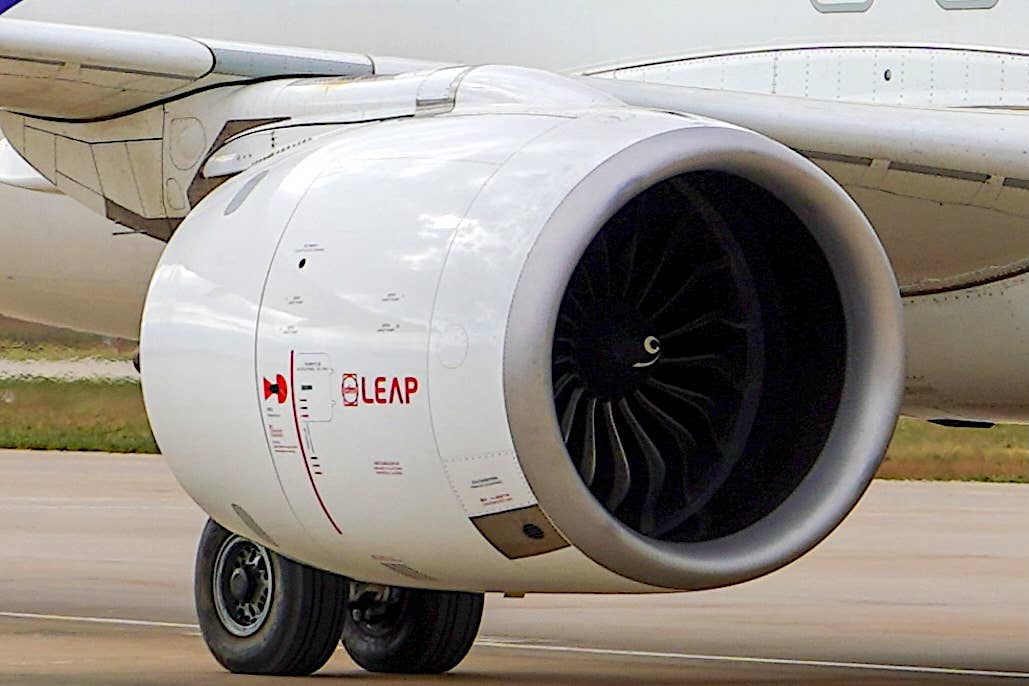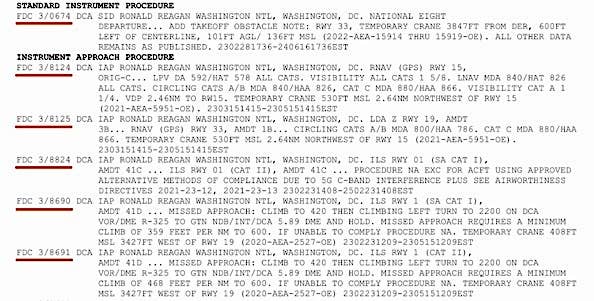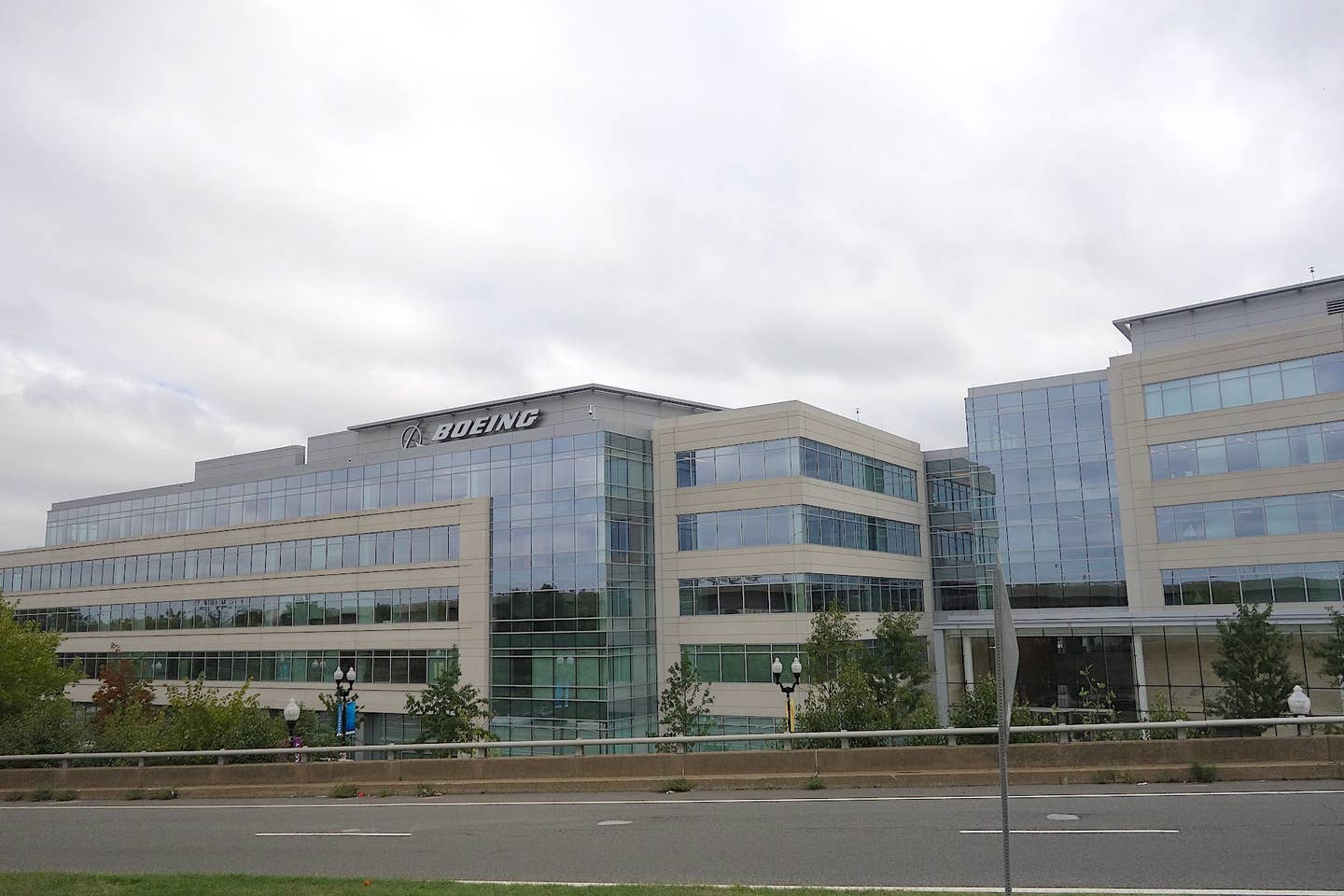New FAA Reauthorization Bill Would Prohibit Removing 100LL From Airports (Corrected)
The just-passed House FAA Reauthorization Bill would prevent airports from removing 100LL or offering unleaded fuels in lieu of leaded avgas under penalty of losing airport improvement grants. If the…

The just-passed House FAA Reauthorization Bill would prevent airports from removing 100LL or offering unleaded fuels in lieu of leaded avgas under penalty of losing airport improvement grants. If the language remains in the Senate version of the bill, it would raise a nearly insurmountable barrier to fielding competitive unleaded fuels because many airports can’t afford or don’t want dual tankage for both leaded and unleaded fuels. The bill requires any fuel being sold on Oct. 5, 2018—the date of the previous reauthorization bill—to remain available to aircraft operators. (See correction at end of story.)
George Braly of General Aviation Modifications Inc., the only U.S. company with an FAA-approved 100-octane fuel, said the bill will “almost certainly stop dead” early efforts to develop an unleaded market in California and other parts of the West. “Our position on the bill is that if it’s adopted into law, it will be impossible for anybody, GAMI or Swift or anybody, to deliver a high-octane unleaded fuel,” says Braly. “There’s not enough money to put in additional tanks and it would be years to get them installed.”
GAMI has been in discussions with several airports to replace 100LL with its G100UL, retaining just one set of tanks. A previous amendment that would have further blocked G100UL required an industry-standard approved fuel and was removed from the bill last week. Despite having STC approval for all spark ignition engines in the FAA database, distribution of G100UL has been problematic. Avfuel, which signed on to manufacture and distribute G100UL, has made little progress in marketing it, according to GAMI.
The House version of the bill now goes on to the Senate where similar language would allow unleaded fuels to replace 100LL when the former is “widely available.” That determination would be made by the Secretary of Transportation. EAGLE, the industry consortium to promote approval of an unleaded fuel, has set the end of 2030 as its deadline. The consortium has pushed back against G100UL, claiming it needs more testing and that an ASTM-approved fuel is a better alternative.
It's not clear if the House version will run afoul of the 2014 consent decree between the Center for Environmental Health and a group of California FBOs that specified 100LL would be replaced with the lowest lead alternative when it became available. Braly said the only way for G100UL—or any unleaded fuel—to become widely available is for it to be allowed to replace 100LL.
CORRECTION: The office of California Rep. Jay Obernolte, which drafted amendments to the 2023 reauthorization bill, told us the intent of the language was to allow fleet-wide adoption of unleaded fuel without requiring STCs. "Nothing in section 431 prohibits an airport from offering an unleaded fuel (or even exclusively offering an unleaded fuel), they just can’t stop selling 100LL until there is an unleaded alternative that can be used by all aircraft requiring avgas," said Obernolte's communications director, Emily Carlin. "The amendment specifically included obtaining an 'industry consensus standard' as that would allow fleet-wide adoption without the need for STCs," she added. As we have reported, General Aviation Modifications Inc.'s G100UL is approved for all spark ignition engines in the FAA database via STC. But it does not have a consensus standard from ASTM, as 100LL does. There are currently no 100-octane unleaded aviation gasolines with ASTM approval. The industry's EAGLE initiative has set 2030 as the deadline for reaching that goal.
GAMI's Braly says the bill, if passed, is still a potential showstopper. He argues that G100UL's testing was reviewed by two separate FAA boards and that these reviews are the functional equivalent of an ASTM evaluation. GAMI initially submitted its fuel for ASTM approval but Braly said delays and misappropriation of intellectual property led them to withdraw the application.






